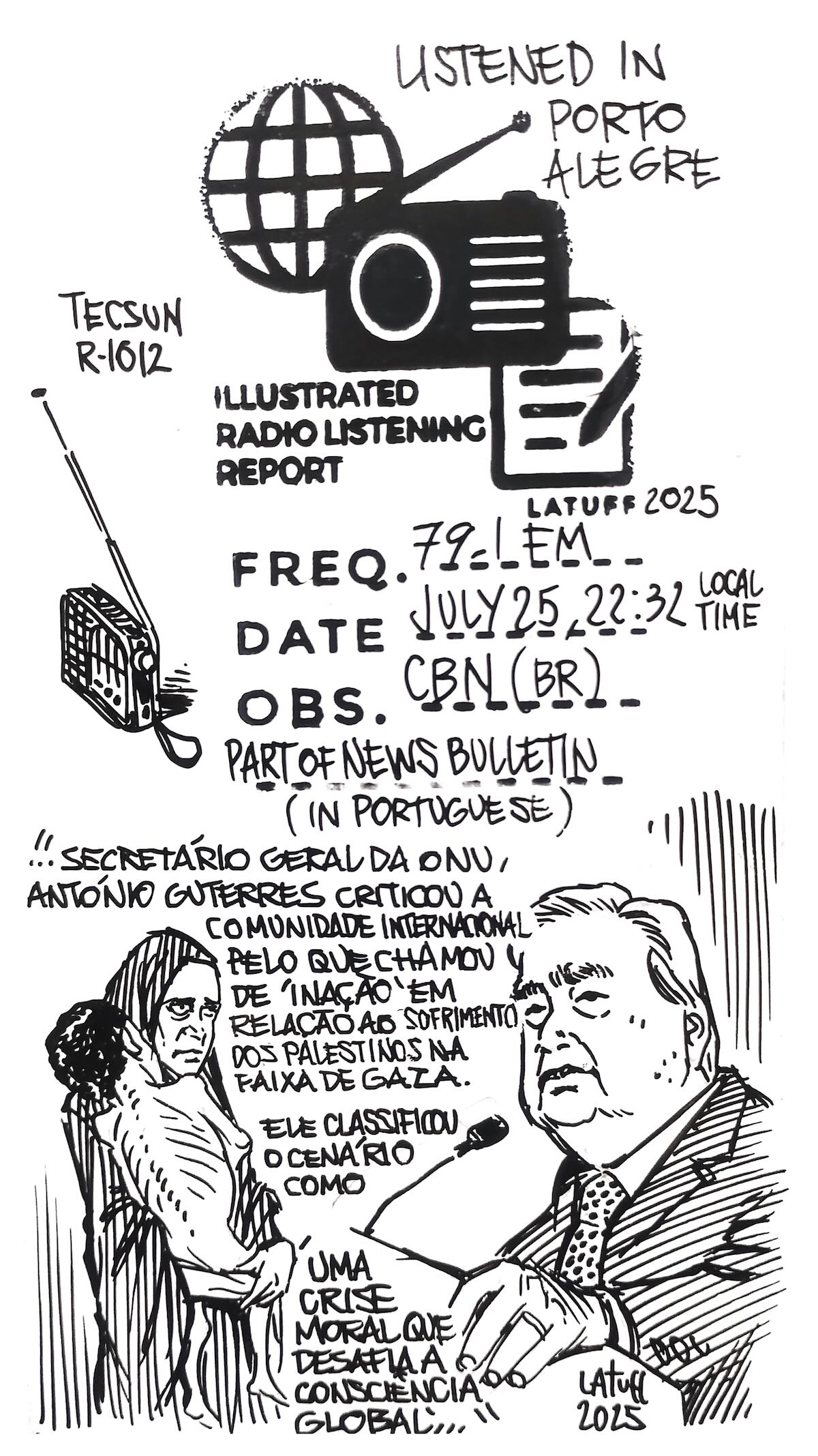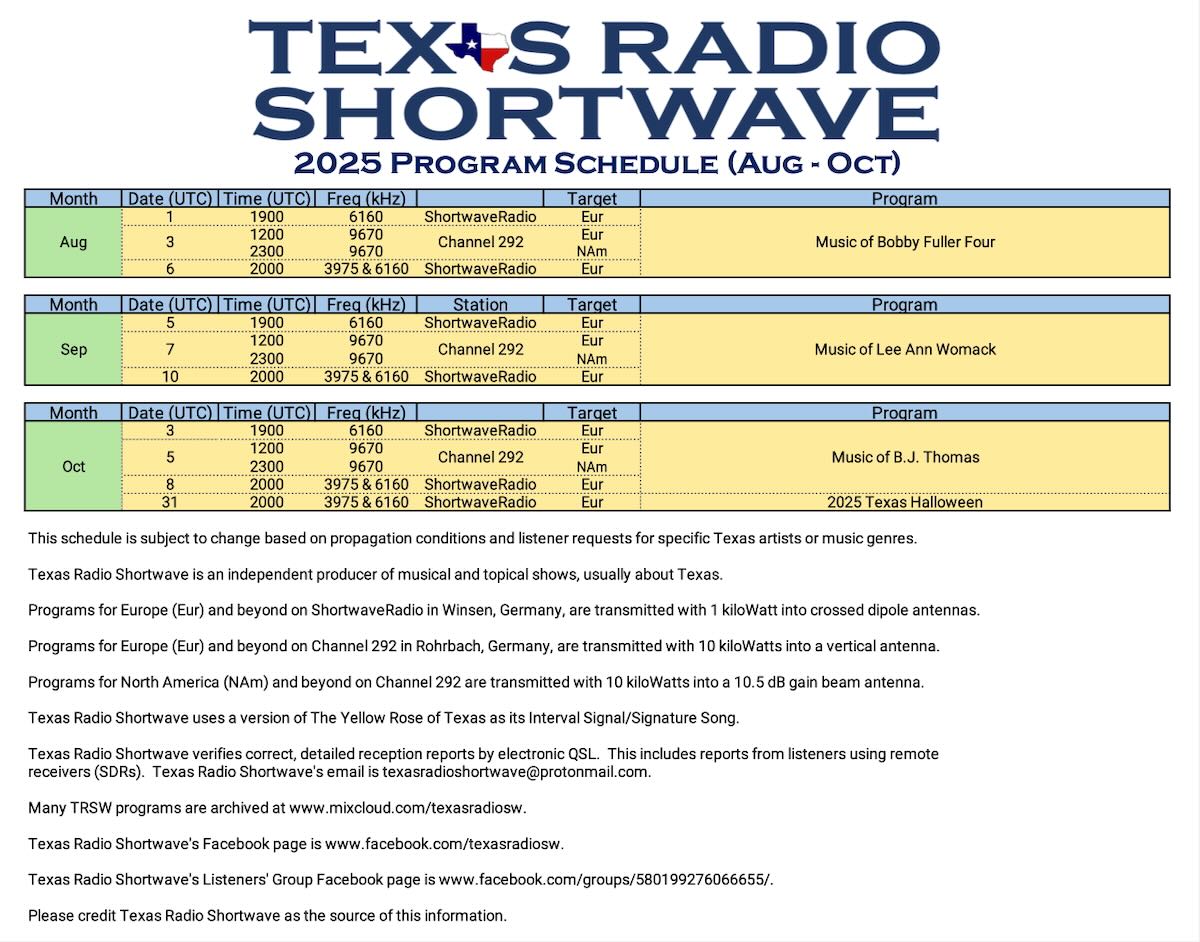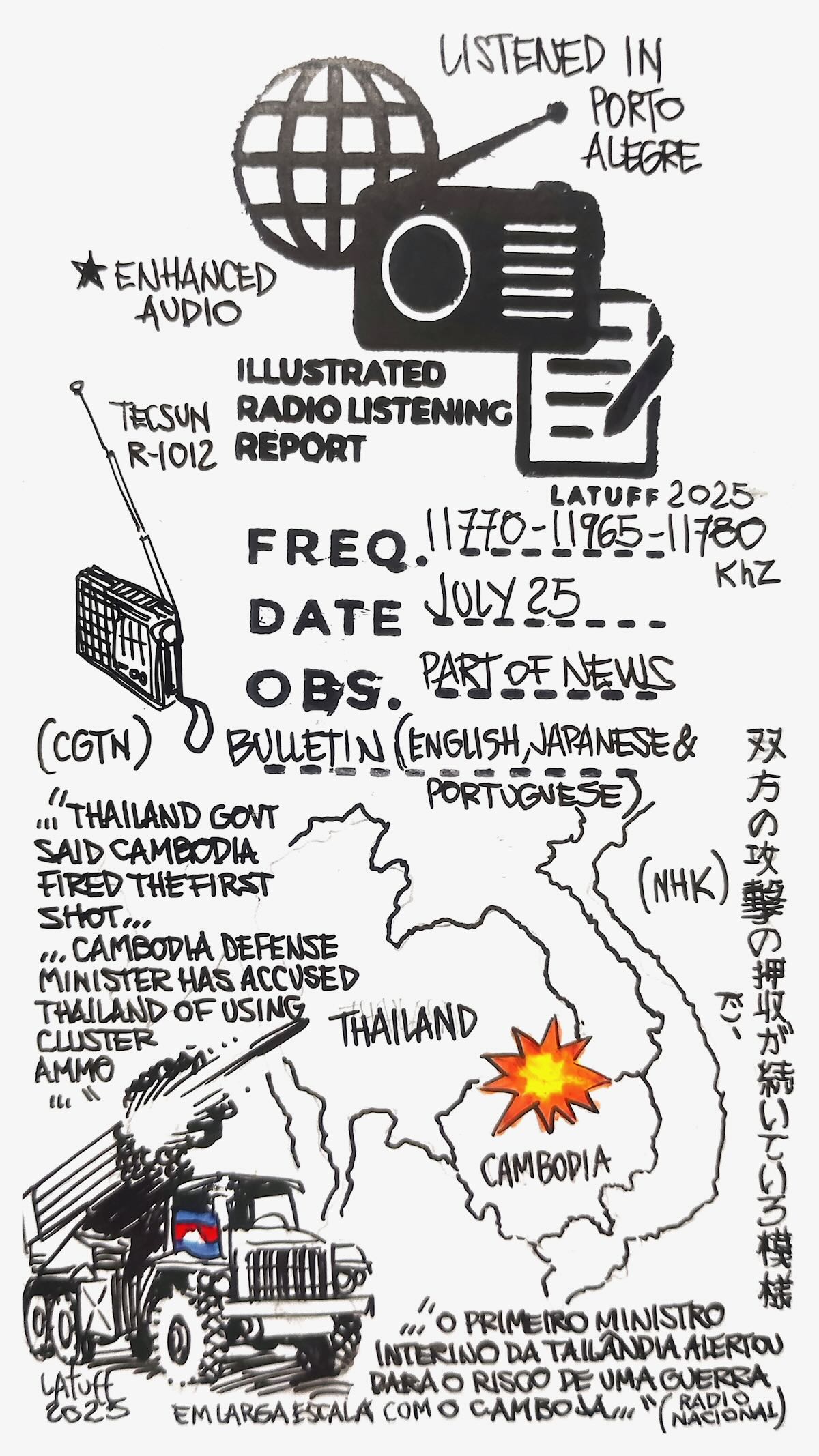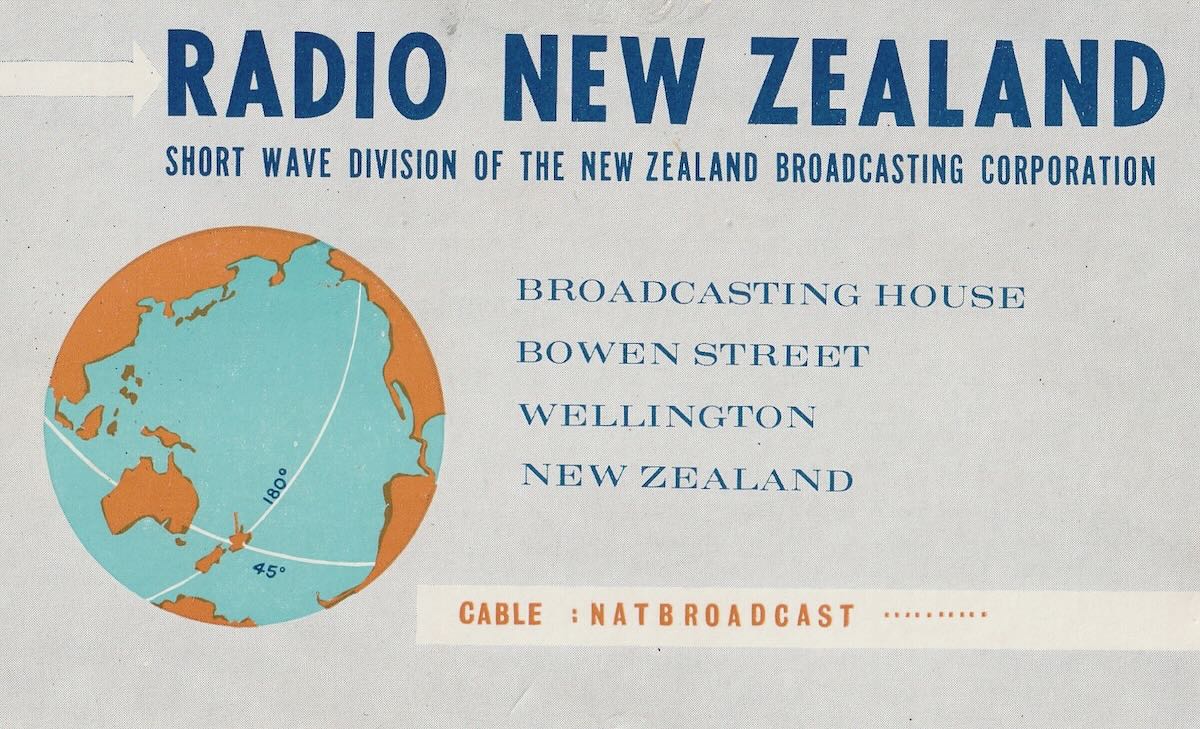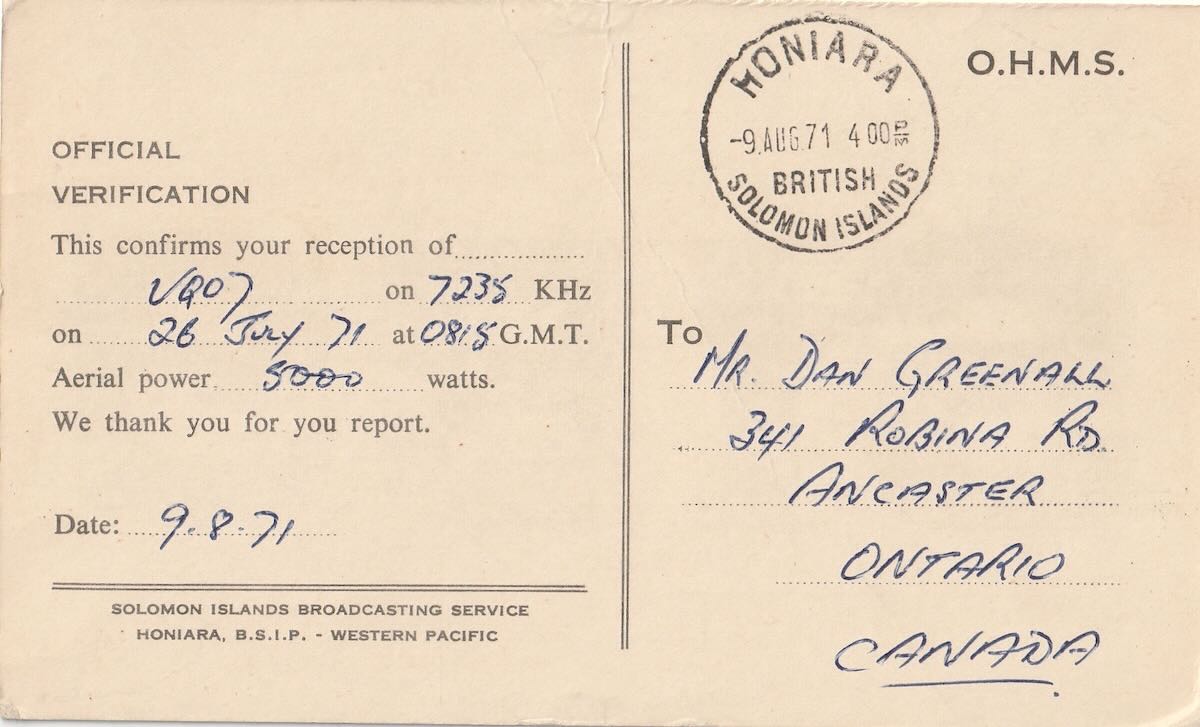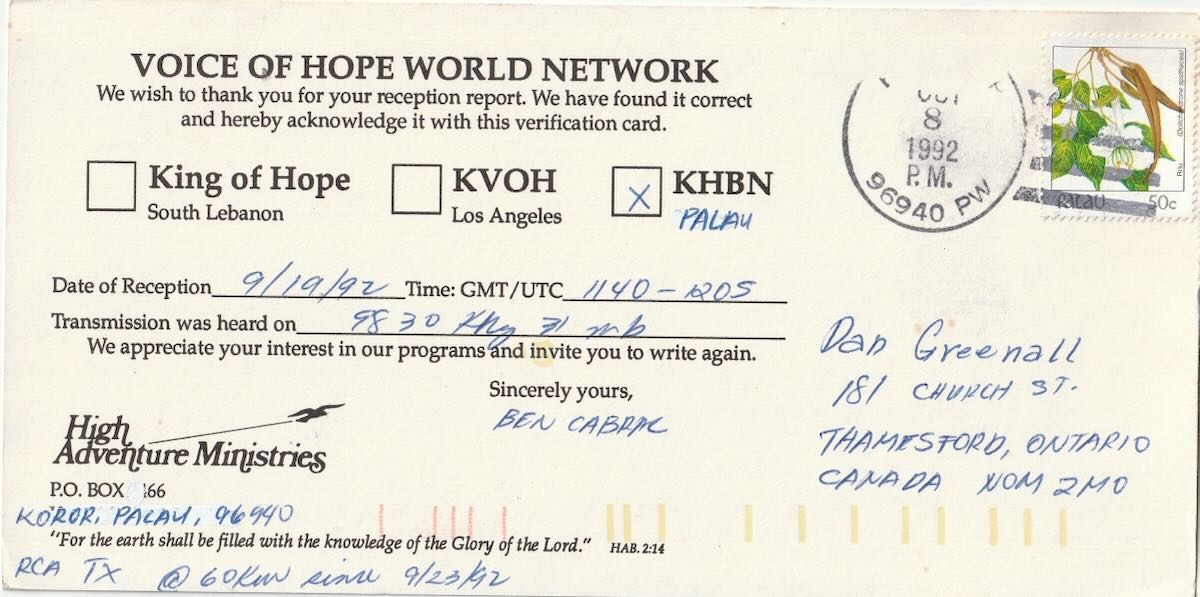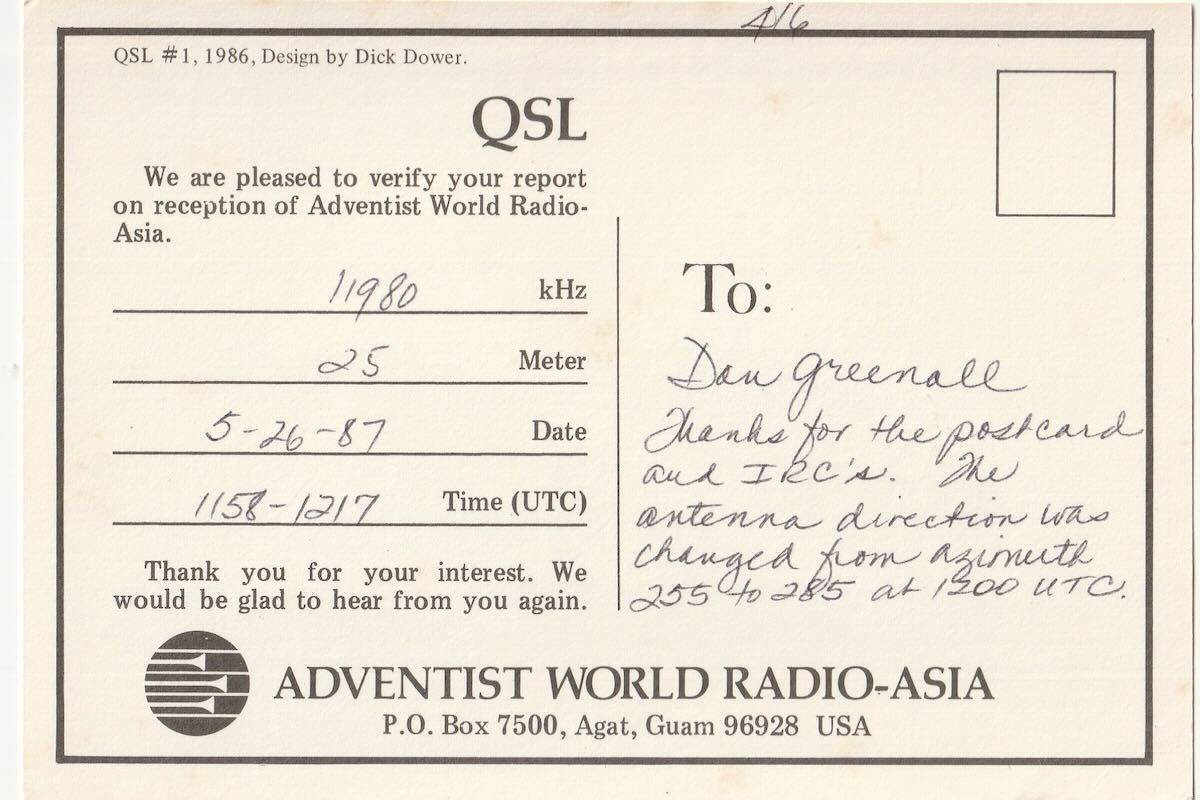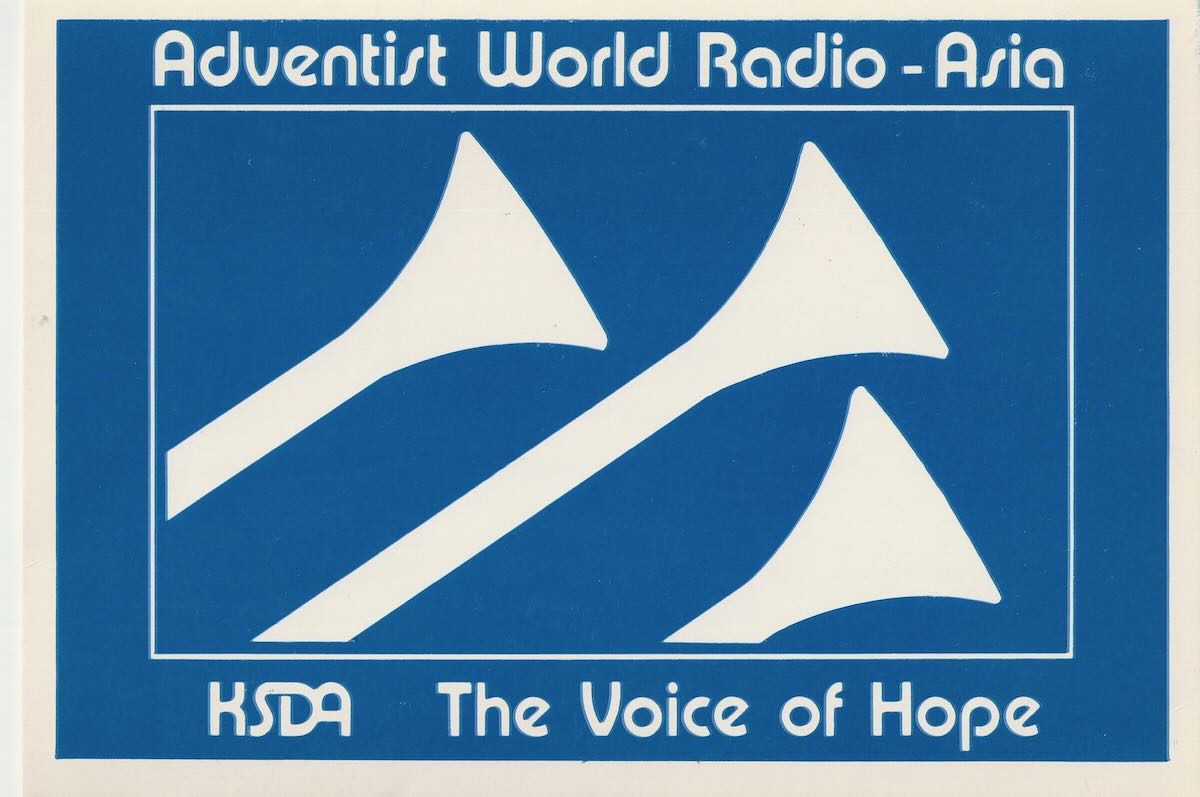Many thanks to SWLing Post contributor, Mark Hirst, who writes:
Thomas,
You might remember that a year or so ago, Lego released a retro radio set aimed at the 18+ age group.
I had an opportunity to visit a Lego shop recently because a company away day meeting was set in Birmingham city centre.
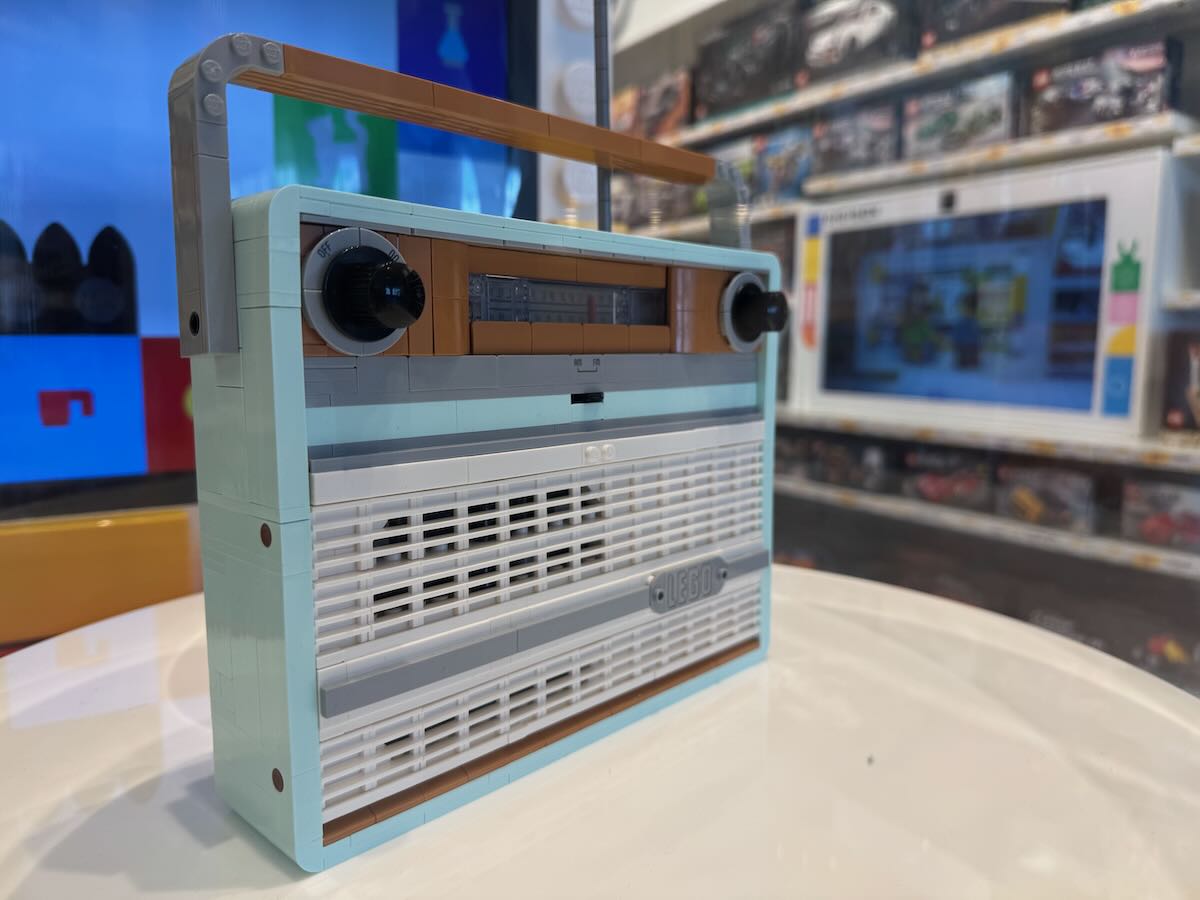
Seeing this set on the shelves was too tempting, and since my birthday was imminent made an impulse purchase!!
I can tell you it was a joy to build, and it’s very clever in how it fits together and functions.

Turning the power knob on the left engages a mechanism which is then turned by the tuning dial on the right. The little red tuning marker moves back and forth and a custom brick plays random bursts of audio lasting a few seconds.
These are in keeping with the retro aesthetic of the radio itself, adverts for ham, sports commentary and nostalgic music.
A little bit pricey but I don’t regret buying it. I bought a Tecsun PL-990x the week before in anticipation of my birthday, so it’s been quite a radio centric celebration this year !
Mark
This is brilliant, Mark! The top image of the Lego Radio was one I took at Charlotte Douglas International Airport in February. I came so close to buying it then, and indeed, I would have if I weren’t such a hardcore one-bag traveler. Had I purchased it, I would have had to carry it for the rest of my multi-day trip. After reading your article, I regret passing it up! I might have to go on the prowl for one! Thank you for sharing!
Click here to check out the Lego Retro Radio on Amazon.com
(Note: this affiliate link supports the SWLing Post at no cost to you.)

